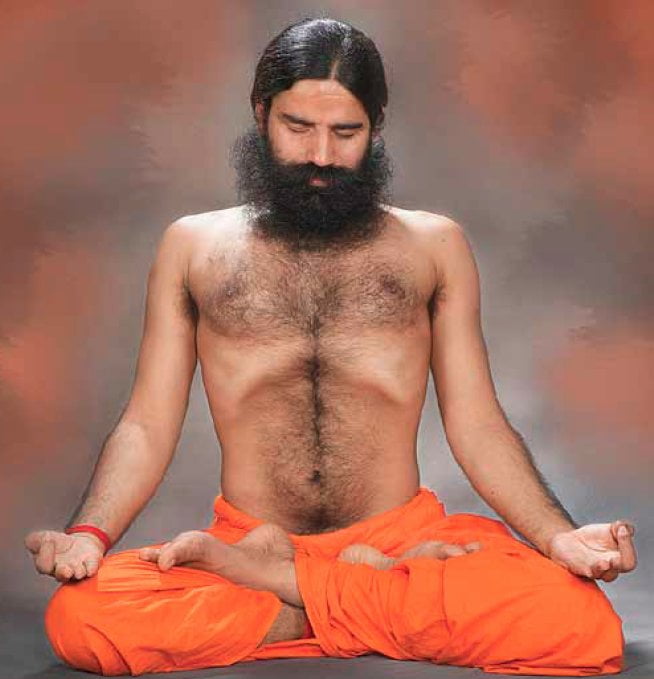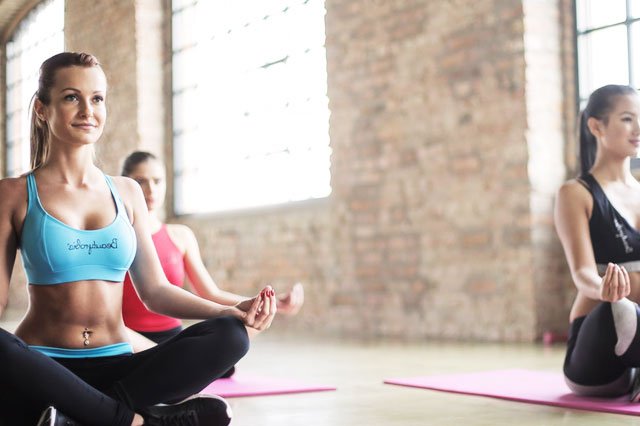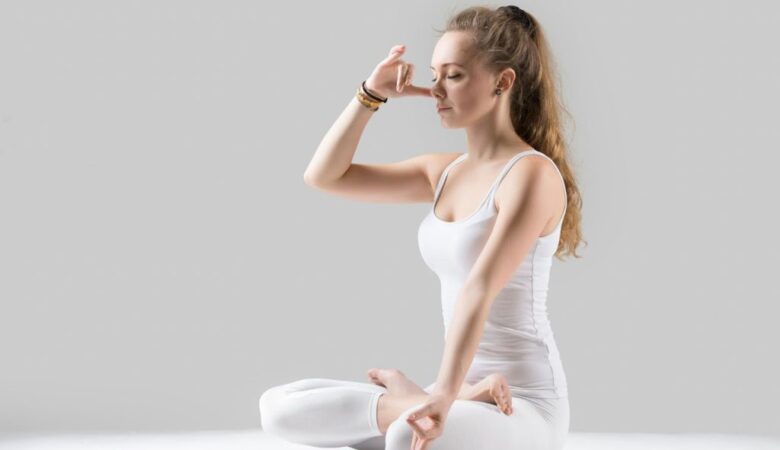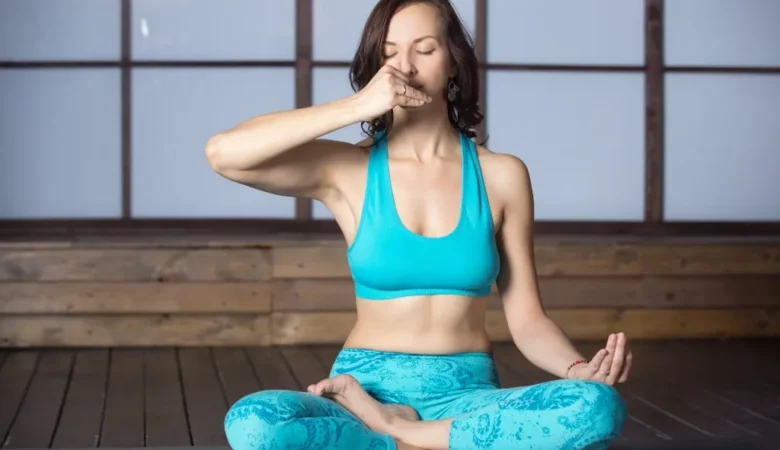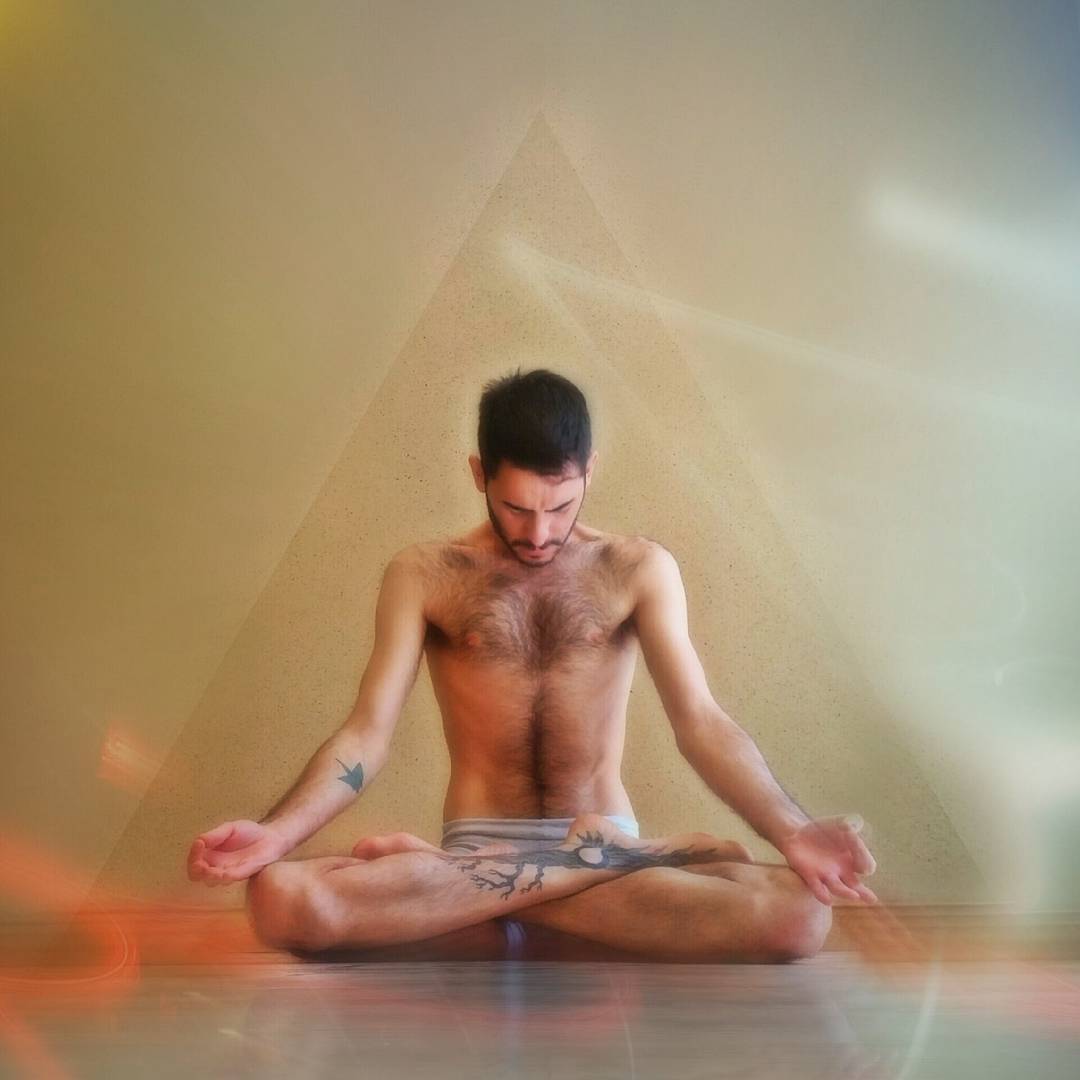
Baba Ramdev Yoga has different types of pranayama and also different methods of practicing them which is helpful in uplifting good health and body. Among those different types of Pranayamas the “Bahya Pranayama” is one. Bahya Pranayam is called “External Retention” in English. The External Pranayama / Bahya Pranayama is pranayama in which the breath is released when practicing, so it is called external pranayama breathing exercises.
NOTE:
Bahya Pranayama (Kumbhaka Pranayama) is a highly beneficial Pranayama practice for the treatment of all abdominal diseases.
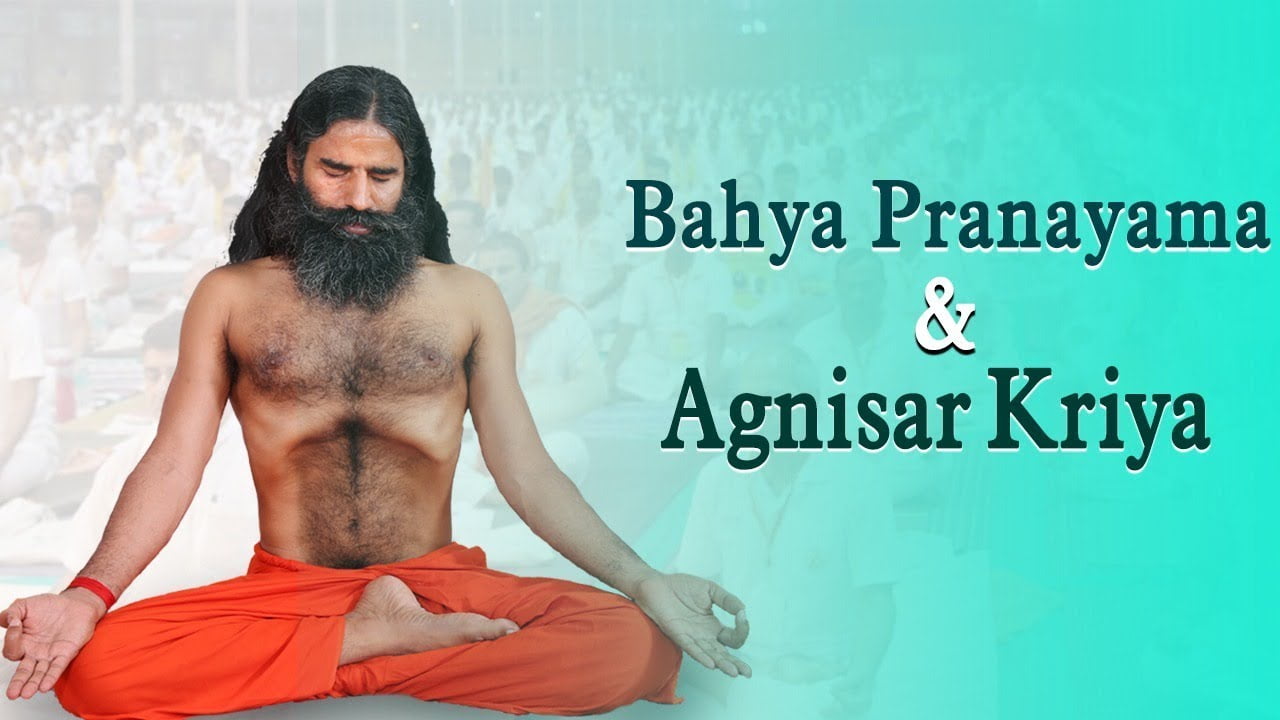
Source: YouTube
Table of Contents
What is Bahya Pranayama (बाह्य प्राणायाम)?
The word “Bahya (बाह्य)” is a Sanskrit word that means ‘External or outside’. The Bahya Pranayam is an energetic respiration Pranayama where you have to inhale by force, exhale completely and then hold your breath this process called retention.
During the Bahya Pranayama, the breathing is preserved outside and that is why this one is called the Bahya Pranayama or the External Retention. Retention meaning is to hold the breath or exhale hold.
Time Period for External Retention Pranayama:
In this Pranayama, there is a ratio of 1:2:3. This means if you inhale for 1 second then you should exhale for 2 seconds and thus you must hold your breath for 3 seconds
If you have started doing this Kumbhaka pranayama recently, then you should practice it only for 5-7 minutes (with repetition of the whole process)
Practicing this pranayama on an empty stomach during morning and evening is more fruitful
A normal person can perform the Bahya pranayama 4 to 6 times in the beginning. See below the Bahya Pranayama steps to ace this yoga pose.
Note:
If you practice it every day, you will get good results.
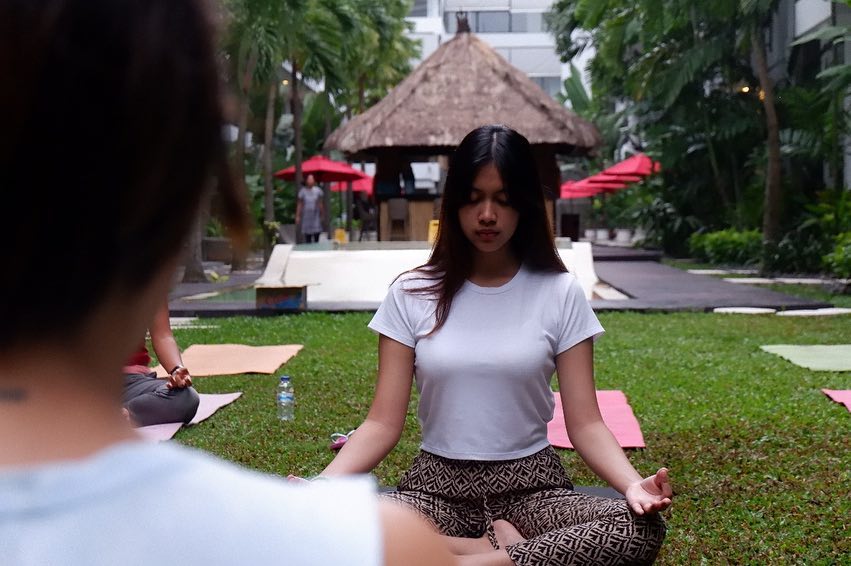
Source:- Instagram
Bahya Pranayama Steps:
Doing Bahya Pranayama is very easy. See below the Bahya Pranayama steps below…
- First of all, sit on the ground in the position of Padmasana (Lotus Pose) or Easy pose.
- Close your both eyes and keep the head and spinal cord erect
- Deeply breathe in (inhale)
- Now keep your body straight and breathe out completely from the body
- After exhaling hold the breath
- Now try to tug the stomach upward so far you can as well as halt the muscles below your navel area
- Then lower the head touch your chest with your chin
- Hold in this pose for a few seconds as per your capability
- Now gradually leave your stomach and allow them to feel lighter
- After that, get back to your original position or lotus pose.
- Now repeat this process at least 5-7 times
Tips for beginners:
It will have three types of bonds while doing the Bahya Pranayama:
Jalandhara Bandha: Bend the head and thus touch your chest with your chin
Uddiyana Bandha: It is to pull the stomach completely inwards to the back.
Moola Bandha: To put the root or throat lock, the bottom portion of the navel that has to be dragged in is called Mula Bandha.

Source:- http:// www . keywordbasket . com/YmFoeWEgcHJhbmF5YW1h/
Benefits of the Bahya Pranayama Breathing Technique:
Check out the Bahya Pranayama or the external pressure Pranayama benefits right below:
Get Rid Of Abdominal Diseases
Bahya pranayma is one of the vital respiration exercises. By practicing this pranayama, all stomach diseases are eliminated. Stomach diseases can cause many other diseases. There are some common diseases of the stomach including acidity, ulcer, etc. This pranayama helps to strengthen abdominal muscles and abdominal organs and also reduce abdominal complaints.
Increases Concentration:
Increasing the concentration of the mind is a difficult task, but it is not impossible. Strength is very important to increase concentration. Regular practice of Bahya Pranayama helps to increase your concentration.
Controls Diabetes
The Bahya Pranayama is very beneficial for patients with Sugar. Diabetes is called metabolic disease, where the quantity of sugar (blood sugar) in the person’s blood becomes more than the standard quantity. Regular practice of this pranayama helps immensely to control diabetes.
Recommended Articles :-
- Steps To Do And Benefits Of Garudasana On Health
- Ujjayi Pranayama Benefits To Our Health And Mind
- Yoga Poses For Abs: You Won’t Have To Go To The…
- Acro Yoga: 4 Acro yoga steps and some benefits of it
- Some Effective Yoga For Chest Muscles To Widen The Chest
- Some Effective Yoga For Flat Belly That Will Astonish You
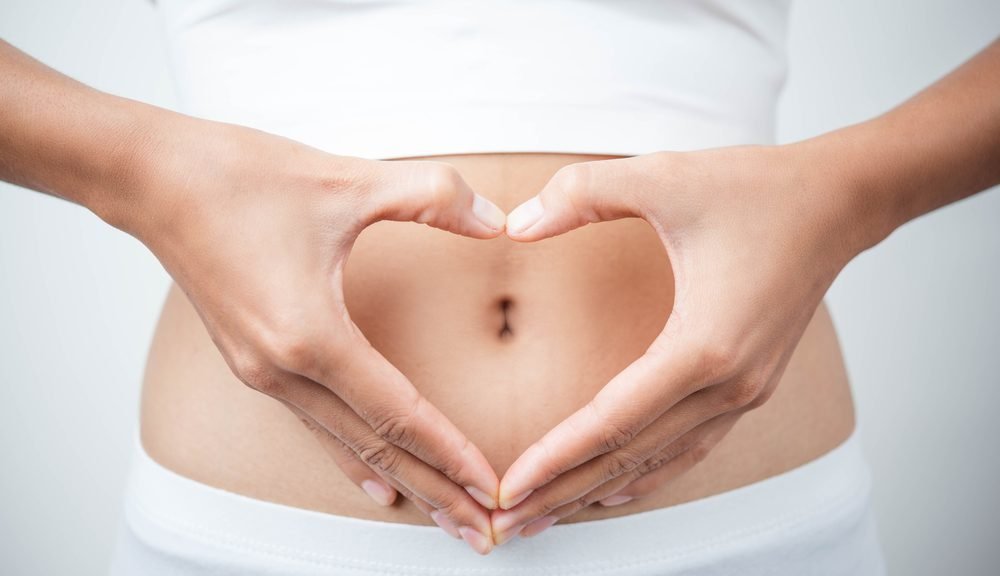
Better Digestion
With regular entire practice of Bahya Pranayama or the Kumbhaka Pranayama, digestion power can be strengthened. Our digestive system operates according to the time frame set by us. Due to this Pranayama, we get hungry frequently throughout the day as our digestion system increases.
Beneficial in Constipation, Gastric Problems, and Acidity:
Regular practice of this pranayama can cure the problem related to constipation, gastric problem, and acidity. Constipation is the state of the digestive system in which the stool of any person (or animal) becomes very tight and there is difficulty in defecation. But regular practice of this pranayama helps to cure constipation as well as a problem related to acidity.
Completely Cures Hernia
This pranayama is very beneficial for hernia patients. So if are suffering from a hernia then practice this Bahya Pranayama regularly to get rid of the problem. You will see changes in just a few weeks.
Cure Problem Related To The Urethra
Reduce Blood Pressure:
Deep breath techniques have been used with some special postures and synergies of bodily functions. Paying attention to it while inhaling and exhaling helps to regulate your breathing problems, which makes you feel relaxed and reduces stress. This can help reduce blood pressure.
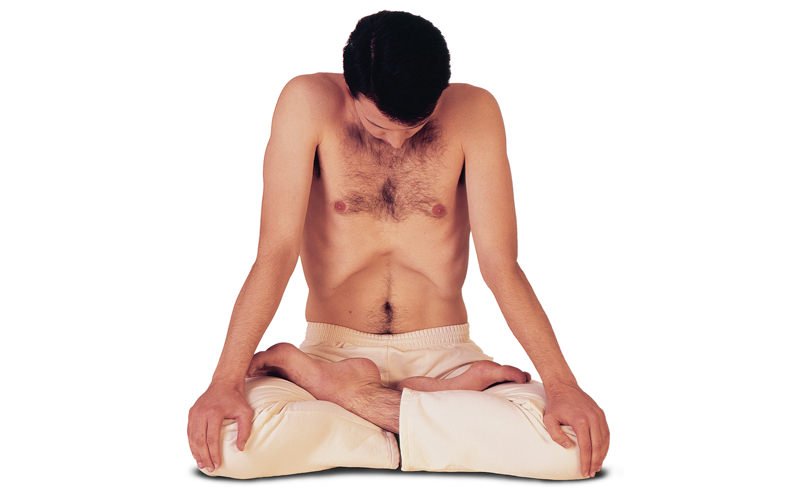
Precautions For The Bahya Pranayama Sit:
- One should perform this pranayama on an empty stomach
- Try to do this pranayama in the morning or in the evening
- Patients with cardiovascular and high blood pressure do not practice external pranayama
- Pregnant women should not practice external pranayama
- Women shouldn’t do this pranayama during periods
- In The beginning, try to practice this pranayama in the presence f a yoga teacher.

